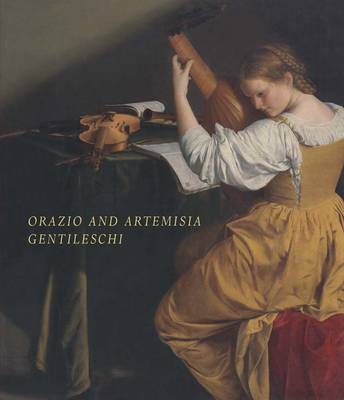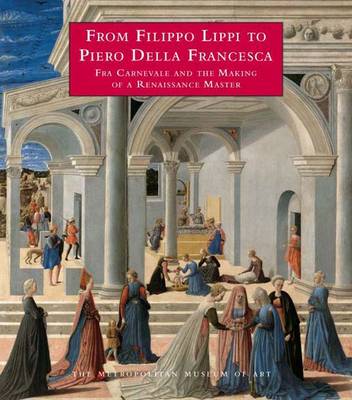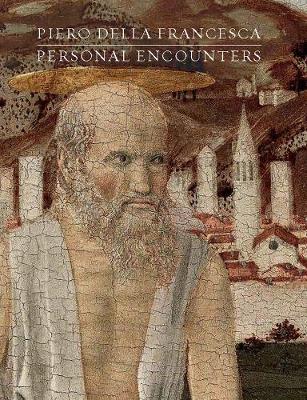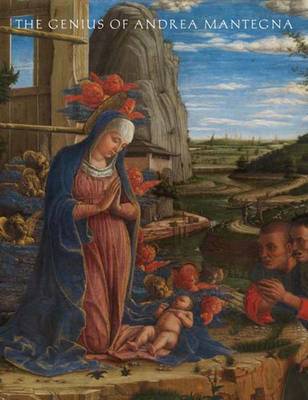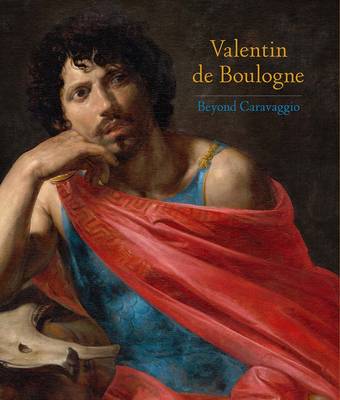Metropolitan Museum of Art
5 total works
Orazio and Artemisia Gentileschi
by Keith Christiansen and Judith Walker Mann
This beautifully produced volume brings together for the first time works by two remarkable painters of seventeenth-century Italy who happen also to have been father and daughter: Orazio and Artemisia Gentileschi. Famous in their own day, these two artists have enjoyed renewed fame in the twentieth century: Orazio as one of the first and certainly the most individual of Caravaggio's followers; Artemisia as the outstanding female painter prior to the twentieth century. The tumultuous lives of these two artists moved along parallel trajectories and take the reader from the popular quarters of papal Rome and the rough-and-tumble world of Naples to the courts of the grand duke of Tuscany, Marie de' Medici in Paris, and Charles I in London. These changing circumstances nourished two different aesthetic visions, both of which were deeply rooted in the Caravaggesque practice of painting directly from the posed model. While Orazio's art became every more refined and elegant, Artemisia espoused a rhetorical form of dramatic presentation that is the basis of Baroque painting.
Written to accompany the landmark exhibition held in Rome, New York, and Saint Louis, the book includes essays that describe the art and people the two painters encountered in the course of their peripatetic careers and address such issues as feminism and the critical interpretation of Artemisia's work. The essays, arranged chronologically to follow the artists as they moved from city to city, not only provide critical commentary but illuminate the historical context in which they worked.
The appendices include previously unpublished documents relating to the trial of Orazio's colleague Agostino Tassi for his rape of Artemisia, which shed new light on her father's workshop practice, and a recently discovered inventory of Artemisia's household goods drawn up on the eve of her departure from Florence to Rome. The book is the work of Keith Christiansen and Judith W. Mann, with contributions by a team of outstanding scholars. [This book was originally published in 2001 and has gone out of print. This edition is a print-on-demand version of the original book.]
From Filippo Lippi to Piero Della Francesca - Fra Carnevale and the Making of a Renaissance Master
by Keith Christiansen
Published by The Metropolitan Museum of Art/Distributed by Yale University Press
Exhibition Schedule:
The Metropolitan Museum of Art
(01/13/14–03/30/14)
Valentin de Boulogne
by Annick Lemoine, Keith Christiansen, Sebastian Allard, Patrizia Cavazzini, and Jean-Pierre Cuzin
In the years following Caravaggio’s death, the French-born painter Valentin de Boulogne (1591–1632) emerged as one of the greatest masters of naturalistic painting, demonstrating the influence of Caravaggio’s style and subject matter. This book, the first complete monograph of his work in English, features more than 50 lushly illustrated paintings by Valentin, as well as numerous comparative works that help situate his oeuvre.
Essays by an international team of experts explore Valentin’s masterful depictions of everyday life as well as the tumult and violence of 17th-century Rome, where he lived and worked. This comprehensive survey brings to light a radical but under-recognized practitioner of realism whose powerful works prefigured the modernity of 19th-century artists such as Gustave Courbet.
Published by The Metropolitan Museum of Art / Distributed by Yale University Press
Exhibition Schedule:
The Metropolitan Museum of Art
(10/06/16–01/16/17)
Musée du Louvre, Paris
(02/20/17–05/22/17)
